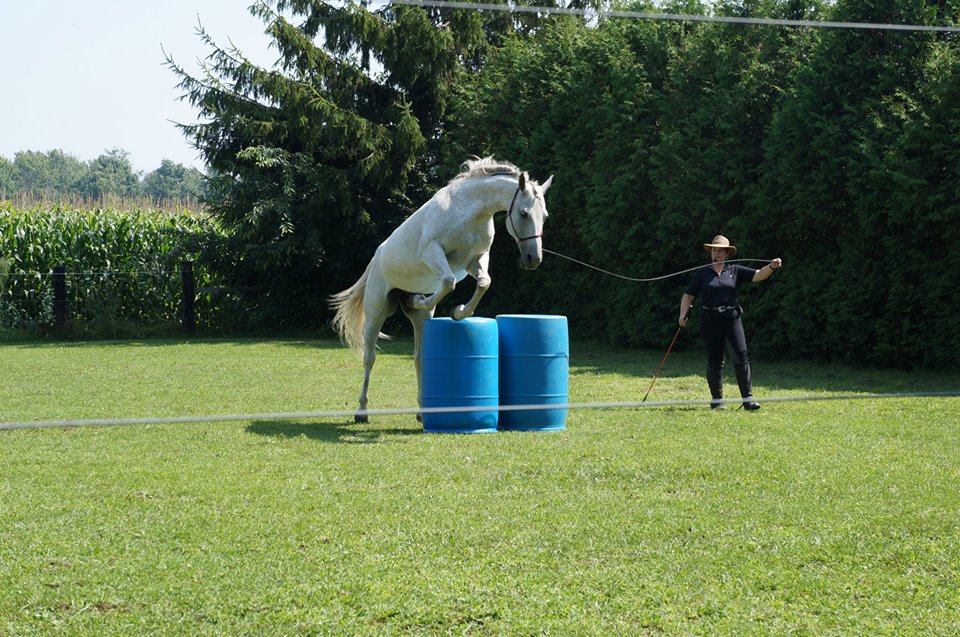Key 4: Techniques
There are thousands of techniques that work to achieve results with horses. As one of my Dressage mentors likes to point out, ‘there is more than one way to get to Toronto!’. However, techniques will readily become mechanical or forceful when they are used without an understanding of the psychology behind them. Learning to think like a horse helps us find the right way to communicate and to be effective without using force or intimidation. Anyone can MAKE a horse do something, but who do you have to become to cause a horse to WANT to do something?
Regardless of the technique we choose to use, it must first and foremost be used with the right attitude, with a mindset to help the horse and not do it to the horse; it is our responsibility to ensure our communication is clear and understandable for the horse. We all know that horse training can be forceful and cruel. But without resorting to crude violence, making a horse do something without his enthusiastic participation and when he is not mentally engaged in the game results in horses that resist, shut down, get confused and scared and are generally unaccepting of human leadership. We like to teach techniques that promote a mutual communication with horses. Therefore, every technique must have the following ingredients: the right attitude, focus, feel, timing and balance. They are not forceful. They allow the horse to think, seek the answer and choose his response.
Quality of feel is almost impossible to learn through traditional methods. However, a good program will cause this quality to evolve in you naturally. That is what we strive to teach through the Parelli 7 GamesTM, which are modelled on the games horses naturally play with each other. Some of the key techniques that we consider at the foundation of the Parelli program are the use of rhythmic motion, approach and retreat, steady and rhythmic pressure, comfort, discomfort, progressive phases, and releasing at the right time to help the horse learn how to respond appropriately to appropriately applied pressure, which in turn creates lightness.
In short, our students are learning to think, feel, act and play like a horse!

